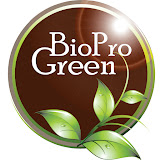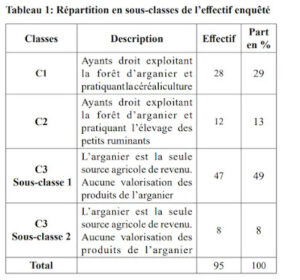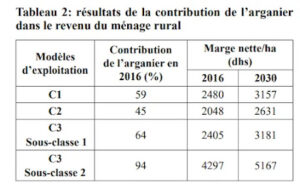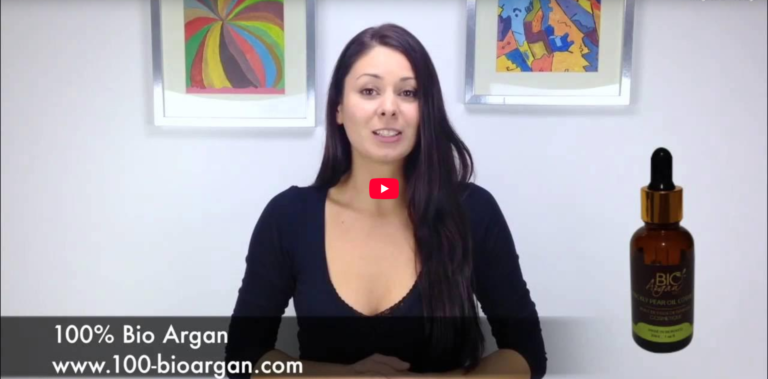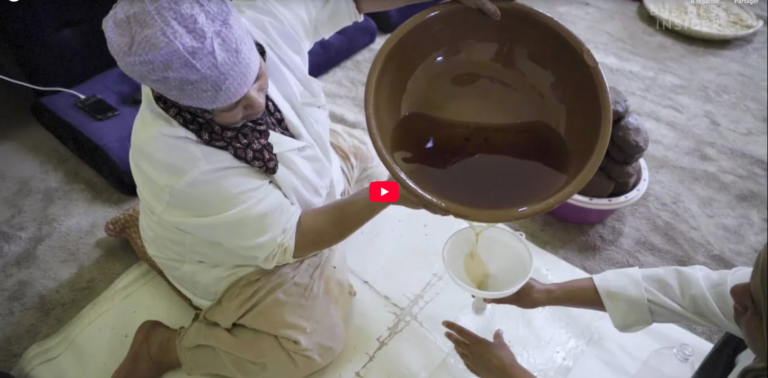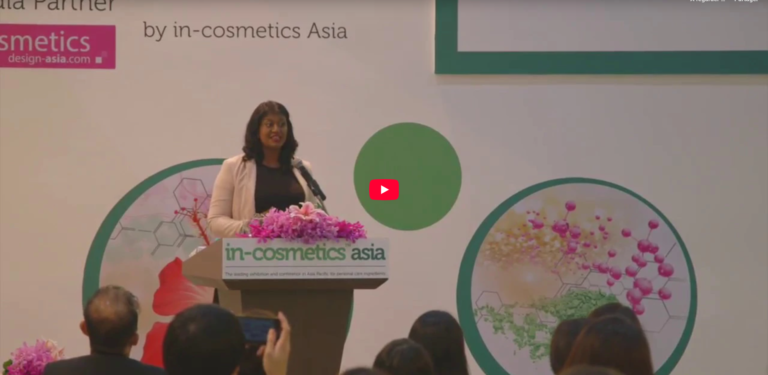Big 5 Moroccan Exporters in Crisis Amid Rising Argan Seed Prices
Here’s an expanded version of that paragraph while still keeping it clear and impactful:
The Current Crisis: Rising Argan Seed Prices
To produce just 1 liter of argan oil, manufacturers need 2.1 kg of seeds. Back in 2016, the price per kilogram was around 35 dirhams, and inflation was only 2% annually, making it manageable for producers. However, due to economic pressures, climate change, overharvesting, and rising global demand, seed prices have surged dramatically. Today, they can exceed 120 dirhams/kg—a more than threefold increase in less than a decade. This spike has put immense pressure on production costs, making it harder for companies to stay competitive internationally and threatening the financial stability of the entire supply chain.
The State Steps In: Stabilizing Argan Oil Prices
Between 2012 and 2020, Morocco invested over 31 billion dirhams to support sustainable argan oil development. Through the National Agency for Oasis Zones and Argan Tree Cultivation, these efforts focus on protecting the environment, empowering rural communities, and supporting the argan oil industry, which earned $31 million in exports in 2021.
The Generation Green 2030 plan aims to restore 400,000 hectares of argan forests and add 50,000 hectares of new plantations.
Why the Big 5 Are Struggling
Rising raw material costs—especially argan seeds, which account for 70% of production costs—have hit major Moroccan exporters hard. Prices tripled from $20 to $56 per unit in just five years. Companies like EFAS and Zineglob now face stiff international competition, including from MoroccanOil and Olvea, which buy seeds in bulk at high prices.
New entrants from Tunisia and Turkey are also entering the market with similar oils, adding pressure.
A Tense Supply Chain
As larger firms compete with small cooperatives, seed prices have surged. While the Big 5 rely on these cooperatives, they’re also squeezed by the high prices and shrinking margins. At the same time, maintaining fair wages and sustainable practices becomes harder.
Temporary Halt in Production
In response, the Big 5 paused production for one month. This break aims to reduce seed prices and renegotiate contracts with cooperatives. The pause is risky but necessary to ensure long-term stability. These companies also fund local associations and women’s cooperatives, showing that profit isn’t their only goal.
What’s at Stake
Without reforms, Morocco’s argan oil sector—generating 1.2 billion dirhams annually and supporting 25,500 jobs—could collapse. Illegal harvesting, high prices, and foreign competition threaten a heritage industry protected by UNESCO.
Argan oil provides nearly half of the income for 29% of rural households, making it essential for both the environment and local livelihoods.
Conclusion
To protect Morocco’s “liquid gold,” urgent collaboration is needed. By stabilizing prices and ensuring fair practices, the industry can remain sustainable. With prices projected to rise by 27% by 2030, now is the time to act—before this vital ecosystem and the lives it supports are lost.
